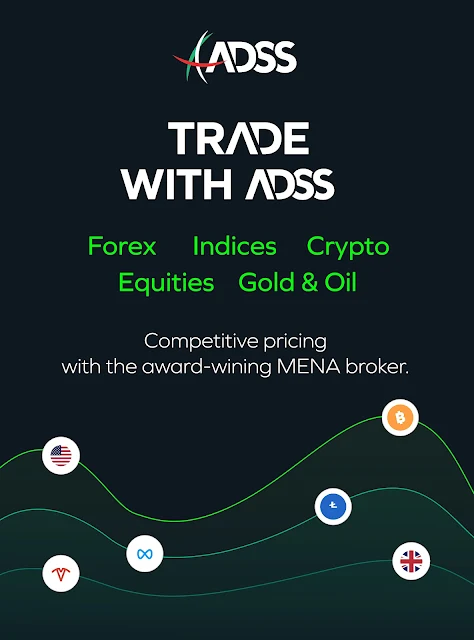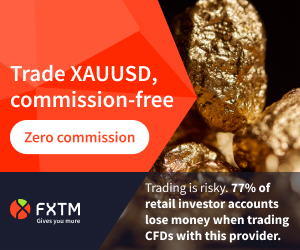Set up in 1896 by Charles Dow and Edward Jones, the Dow Jones Industrial Average was a means to gauge the price performance of the US stock market. Today, there are several such indices that represent a specific portion of the broader market. The most popular among these are stock indices, which reflect changes in the stock prices of the top companies from a region or even a sector.
What Are Indices?
Indices are hypothetical portfolios of assets that represents a segment of the global financial market. They derive their value from the prices of the underlying holdings. While there is a wide range of indices, stock indices are the most popular. These allow traders to gain exposure to a number of company stocks based in a specific global region or industry segment, but without having to buy stocks from each of the individual companies.
Why Trade Indices?
There are several reasons for the growing popularity of indices among retail and institutional traders alike. Some of these are:
1. Indices have much higher liquidity than the individual assets that are included in them. This means you can trade them with tighter spreads.
2. Trading indices offers much higher diversification at a lower price and lower margin requirement.
3. Indices offer traders consolidated exposure to a sector or a region.
4. By trading indices, a trader can speculate on the price movements of the underlying stocks without actually owning the shares.
5. Indices tend to be less volatile than individual stocks.
6. Indices represent the simplest way to gain exposure to stocks from around the world.
What You Need to Know to Trade Indices
Trading Indices with CFDs
Since indices are essentially a basket of securities, you cannot directly invest in them or trade them. It is, however, possible to gain exposure to price movements in stock indices with CFDs. A contract for difference is a derivative product that gives you exposure to the difference in price between the opening and closing of a trade. When trading indices CFDs, you can speculate on price movements of indices and can go long or short. This means you can identify trading opportunities whether the market is rising or falling.
Choosing Indices You Wish to Trade
Select indices that are most suited to your trading style, taking into account your risk appetite, available capital and whether you’re a scalper, day trader or wish to open longer-term positions.
The most actively traded indices around the world are:
US Stock Indices
Dow Jones
This tracks the value of the 30 largest blue-chip stocks. Since the Dow Jones index was launched by an editor and a statistician at Wall Street Journal, it is sometimes referred to as Wall Street.
Nasdaq 100
This measures the market value of the 100 largest tech companies. Despite its name, the Nasdaq 100 includes more than 100 stocks. This is because some of the 100 companies in the list have more than one class of shares. For instance, Google parent Alphabet has GOOG and GOOGL.
S&P 500
This reports the prices of 500 companies with the largest market cap. To be included in S&P 500, a company must have a minimum monthly trading volume of 250,000 shares in each of the six months prior to its review by the committee.
Did you know?
The S&P 500 is among the most stable indices, which is why it is often the first choice of traders new to indices trading.
Europe Stock Indices
STOXX Europe 600
This tracks 600 companies from Europe. STOXX Europe 600 is probably one of the most diverse indices, as it tracks 600 companies with large, mid and small capitalisation across 17 European countries, including Austria, Belgium, Denmark, Finland, France, Germany, Ireland, Italy, Luxembourg, the Netherlands, Norway, Poland, Portugal, Spain, Sweden, Switzerland and the UK.
DAX 40
This measures the market value of 40 of the largest German companies listed on the Frankfurt Stock Exchange.
CAC 40
This reports the market value of 40 of the largest French companies listed on the Parish Stock Exchange (Euronext Paris).
FTSE 100
This tracks 100 companies listed on the London Stock Exchange. It is informally knowns as the footsie.
Did you know?
The Dax 40 is known to be volatile and is favoured by scalpers and day traders with high risk appetite.
Asia Pacific Stock Indices
Hang Seng
This monitors daily stock price changes of the largest companies of the Hong Kong stock market.
Nikkei 225
This tracks the largest Japanese companies listed on the Tokyo Stock Exchange.
ASX 200
Maintained by Standard & Poor’s, this index reports the market value of 200 of the largest stocks listed on the Australian Securities Exchange.
Factors that Impact Indices
Geopolitical Events: Some events, like the Russia-Ukraine war, impact stock markets around the globe. However, some events are specific to the region to which the index belongs. For instance, Liz Truss becoming the new PM of UK in September, 2022 sent the FTSE 100 higher.
Index Reshuffle: Since indices typically include stocks of big companies, any company moving out and another moving in impacts the price movement.
Company Announcements: The earnings season is a time to keep a close eye on price movements of indices. Companies announcing a change in in top management, a merger or acquisition, an entry into a new market, the launch of a new product or any major business move can impact indices.
Economic News: Any economic data release, like GDP growth, inflation, unemployment rate, trade balance, etc.) impacts indices belonging to the region.
Factors that Impact Indices
Most new traders begin trading indices with technical analysis. This is because fundamental analysis of all the components proves too complex for beginner traders. With technical analysis, you can simply drag and drop your chosen technical indicators into the chart to provide entry and exit signals.
The most popular technical indicators for indices trading are:
1. Exponential Moving Averages (EMA) – This is one of the simplest indictors to identify the overall trend in the market.
2. Bollinger Bands – This indicates the strength of the trend.
3. RSI (Relative Strength Indicator) – This helps to identify overbought and oversold markets.
These three indicators are often used together to make predictions of future price movements.
Key Takeaways
1. An index is a hypothetical portfolio of a group assets representing a market or a segment.
2. Indices trading offers traders a way to gain exposure to the stock market without owning any shares.
3. With CFDs, you can trade indices in both rising and falling markets.
4. Even if you’re trading indices with technical analysis, it’s a good idea to keep an eye on important geopolitical news, economic data releases and the announcement of quarterly results by companies.
Open a live account with ADSS and get access to the world’s most actively traded indices.













